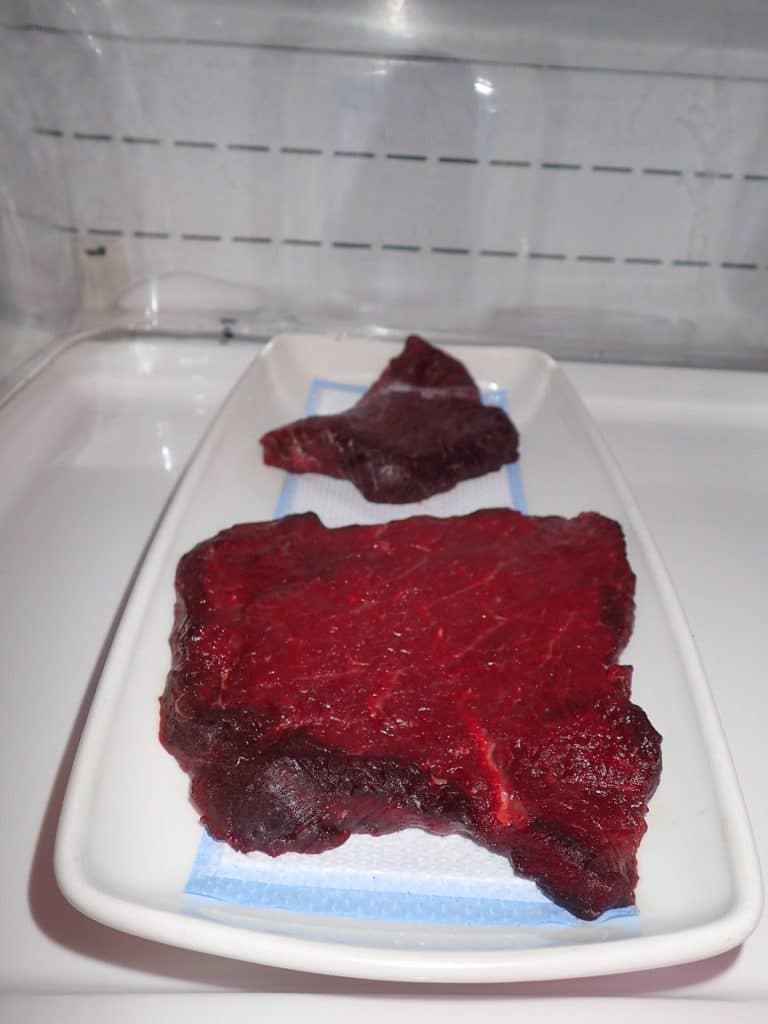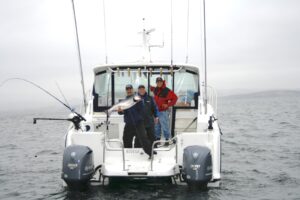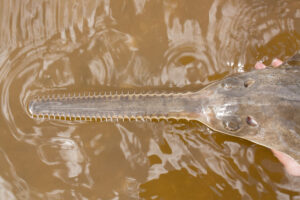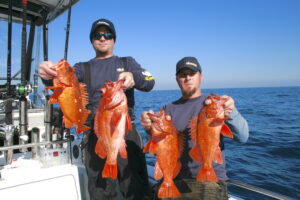No commercial whaling has occurred in Iceland for four years, except for a lone minke whale taken in 2021. But that changed on June 22 when a pair of whaling ships owned by the company Hvalur hf. departed the commercial harbor of Iceland’s coastal capital city of Reykjavic, according to the Iceland Review.
Hvalur hf.’s CEO Kristján Loftsson cited poor whale market conditions and COVID-19 repercussions for the hiatus.
Season’s Set
Iceland’s Marine Research Institute set a quota of 161 fin and 217 minke whales to be taken this year. Officials say that Icelandic fin whale populations have increased steadily over the last 35 years, though the species are still considered “vulnerable” by conservationists. Though minke whales are significantly smaller in body size, their population is much larger. They are classed as a “species of least concern.”
Iceland’s whaling accounts for about three percent of all whales hunted worldwide, according to a 2019 report from Iceland’s Ministry of Industries and Innovation. Whale hunting season in the island nation runs through late September.
A Contentious Future

The Iceland Review stated that the Hvalur hf. company’s whaling licenses end in 2023. There are some indications that Icelandic Fisheries authorities may discontinue whaling in the future.
The Iceland Review reports that Svandís Svavarsdóttir, Iceland’s Minister of Fisheries, said she sees little reason to permit whaling after Hvalur hf.’s current license expires. Svandís wrote that there is sparse evidence that whaling is economically beneficial to Iceland. She also noted that commercial whaling is a blemish on Iceland’s important tourist industry. She said the government would assess the economic and social impact of whaling this year.
Some tourism authorities agree with Svandís’ assessment, stating that commercial whale hunting in Iceland has brought unwanted publicity to the country. They say tourism from whale watching is far more lucrative than the harvesting of whales.
According to CNN, the total revenue of whale watching companies in Iceland amounted to $26.5 million in 2017. Hvalur’s earnings from commercial whaling in the same time frame was $14.1 million.
Fin or finback whales are the second largest of the world’s whale species, with only the blue whale larger. Finbacks are found worldwide and reach a maximum size of 85 feet and 100,000 pounds and can travel at almost 30 mph.
Smaller common minke whales weigh to 12,000 pounds and 18 feet long, and can swim at 24 mph.









